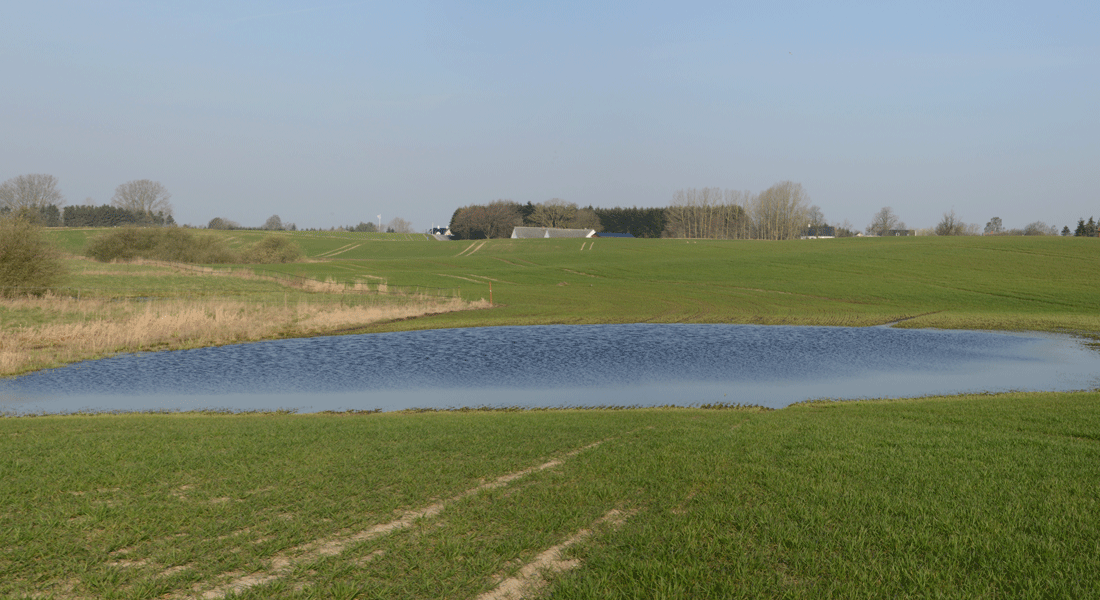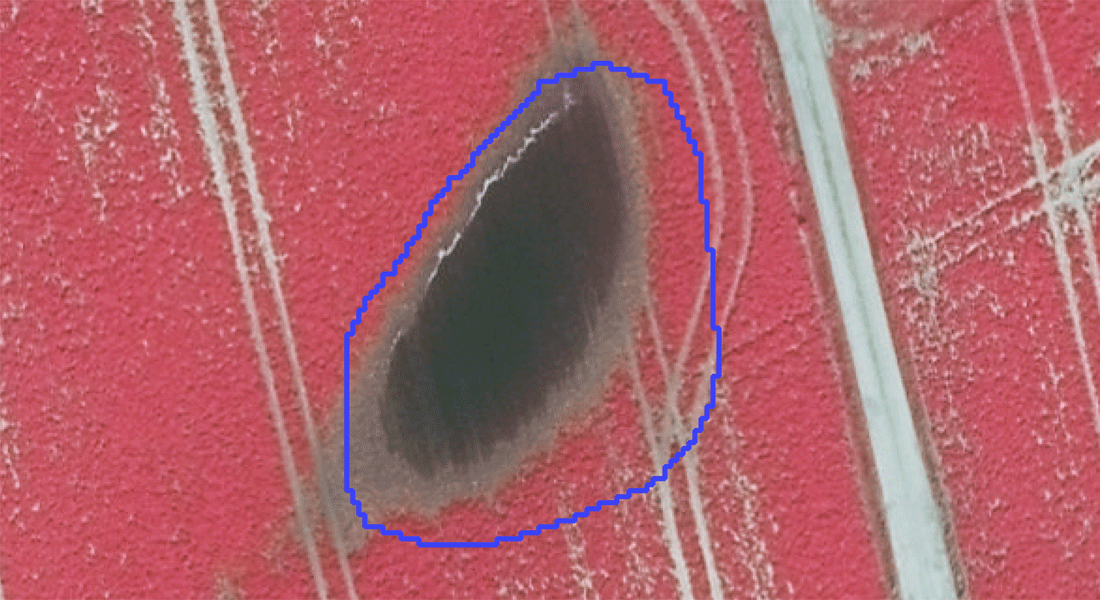Large nitrous oxide emissions from flooded fields suggests action
Danish agriculture faces challenges in reducing the release of greenhouse gases. New research from the University of Copenhagen, Department of Geosciences and Nature Management (IGN) reveals unexpectedly large nitrous oxide emissions from the flooded fields on Zealand. The results have recently been published in the journal Nature Communications Earth & Environment.

Nitrous oxide is a more than 300 times more powerful greenhouse gas as compared to carbon dioxide and can be released in large quantities, especially in the spring after fertilizing and when fields are flooded and the crops cannot yet fully utilize the soil nitrogen pool. Field measurements show that flooded areas can release as much as 80 times of nitrous oxide as the non-flooded parts of the fields. Satellite images and artificial intelligence show that the flooded fields make up less than 1% of the cultivated area – so a solution seems within reach.
"We have added nitrate to soil samples in different concentrations and flooded them to investigate the so-called denitrification process that leads to the release of nitrous oxide in saturated soil. The concentration of nitrate can be particularly high in depressions that receive water from the surroundings during rainy periods", says Professor Bo Elberling from IGN, who has been responsible for the project.
Satellite images and deep learning reveal the extent of the problem
The method behind the mapping of the flooded fields involved advanced analyses of satellite images, aerial images and topographic maps. Using a deep learning algorithm based on artificial intelligence that was trained using more than 100 known flooded depressions, the researchers identified more than 20,000 individual flooded areas on Zealand.
The results show that although the flooded fields make up less than 1% of the cultivated area on Zealand, they contribute significantly to the total release of nitrous oxide. Especially in the spring months, these make up around 30% of the total release in the same period.

Flooded fields are problematic in agricultural operations, it is difficult to drive, fertilize and sow, but the yield is typically marginal in relation to the operating expenses. Photo: Bo Elberling, IGN.

"In this study, the use of deep learning has shown its strength in mapping characteristic landscape elements in new types of satellite images. A next step will be to use these tools to quantify changes over time," says postdoc Gyula Mate Kovács from IGN, who has been responsible for the mapping.
Win-win situation
The message from the research is clear: actions should be taken to address the greenhouse gas challenges. The researchers suggest that steps are taken to ensure that the flooded depressions are either drained or converted to alternative purposes such as hunting. Fertilization can be optimized right now by applying less fertilizer or by applying fertilizer more frequently to meet the demand of the crops and to avoid very high nitrate concentrations in the soil. This will benefit the climate and the aquatic environment, but also the farmer economy, as nitrogen input to flooded depressions is often costly in relation to the yields.
Read the article in Nature Communications Earth & Environment
Contact
Bo Elberling
Professor
be@ign.ku.dk
23 63 8 53
Anette Bill-Jessen
Communikation coordinator
anbj@ign.ku.dk
93 51 13 70
